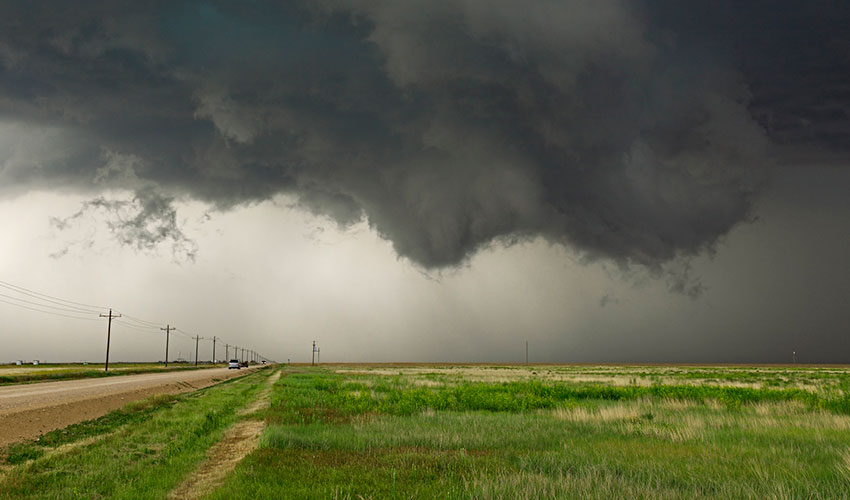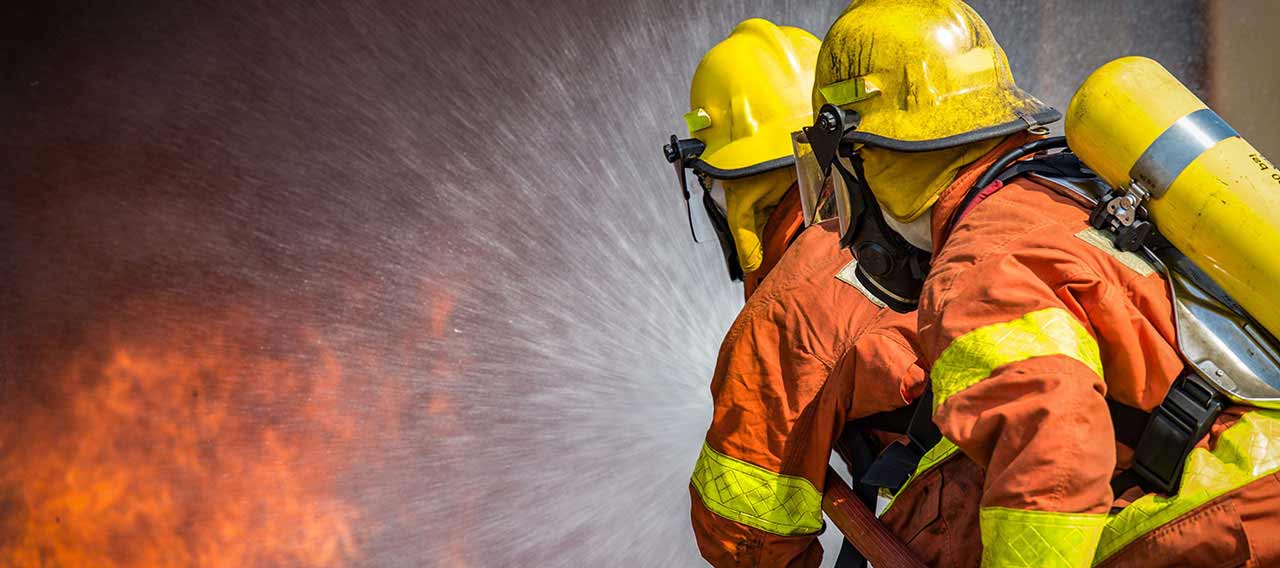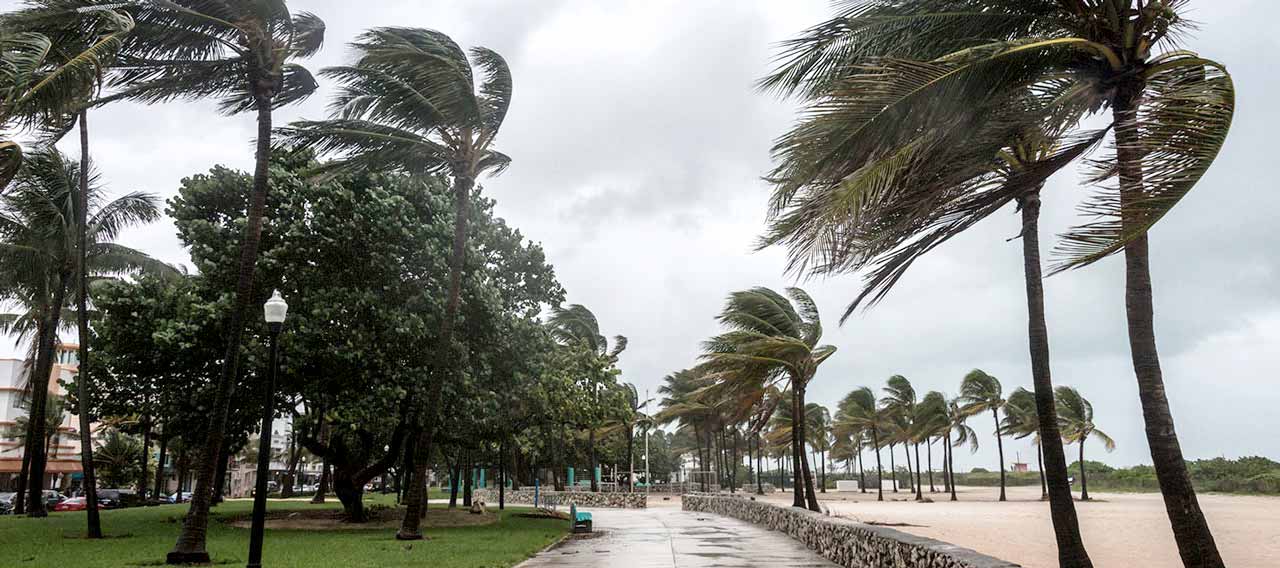- Individuals & Families
- Businesses
- Agents & Brokers
- Embedded Insurance

Chubb ranked #1 for Customer Satisfaction with the Home Insurance Claims Experience

Chubb ranked #1 for Customer Satisfaction with the Home Insurance Claims Experience

Chubb ranked #1 for Customer Satisfaction with the Home Insurance Claims Experience

Chubb ranked #1 for Customer Satisfaction with the Home Insurance Claims Experience

Because pets are family, Chubb now offers pet insurance with top-rated coverage from Healthy Paws.

Chubb offers the insurance protection you need for travel’s many “what ifs”.

Chubb protects small businesses at every stage – from newly formed start-ups to long-time anchors of the community.

Stay ahead of cyber threats with our free Cyber Claims Landscape Report.

Learn more about our dedicated learning paths, Online Learning Center, and more.

Many digital-savvy consumers look for it as a core or add-on option.

Many digital-savvy consumers look for it as a core or add-on option.

Many digital-savvy consumers look for it as a core or add-on option.

Chubb’s in-house technology makes it easy to integrate what we do into your customer experience.
-
About
-
Claims
-
Login & Pay Bill
For Agents & BrokersFor Travel Advisors
-
Back
Hailstorms are a global hazard and can cause major damage. Learn how to prepare your business, property, and equipment before they occur.
Due to the effects of climate change, there is an increased frequency and severity of natural catastrophes and severe weather, such as hailstorms. Hail forms during a thunderstorm when raindrops are carried upward into cold areas of the atmosphere, where they freeze into balls of ice. These balls of ice, or hailstones, can travel up to 120 mph, range in size from a pea to a softball, and can damage roof shingles, skylights, rooftop and pad-mounted equipment, vehicles, and more.
When do hailstorms happen?
Hailstorms can happen all year long if the thunderstorms are strong enough. The storms are most frequent in the spring. Hail is most common in mid-latitudes during early summer where surface temperatures are warm enough to promote the instability associated with strong thunderstorms, but the upper atmosphere is still cool enough to support ice.
What are the negative effects of hailstorms to your business?
Hailstorms are a global hazard impacting many regions of the world that can result in severe damage to building roofs, rooftop heating, ventilation, and air conditioning (HVAC) units, as well as skylights. Cooling towers and exposed glass and plastic components of outdoor equipment can also be damaged.
The bulk of the property damage is towards roofing materials including wood shakes, membranes, flashing, metals, shingles, skylights (especially acrylic), glass panels, fiberglass reinforced panels, etc. However, other property damage can include but isn’t limited to, solar panels, roof-top evaporative coolers, weather stations, solar hot water, and rooftop photovoltaic (PV) panels and systems.
Hail strikes can also result in water damage, as rain is likely to occur in the same thunderstorm events producing the hail. Hail impact can allow for water infiltration into the roof assembly or the building itself. Hail may also obstruct roof drains, scuppers, and gutters, causing water to back up and infiltrate the building.

How to protect business property and equipment from hail damage
To help protect your property in the event of a hailstorm, preparation is key. Below are a few tips to help prepare your property and equipment before a hailstorm occurs.
- Inspect your roofing systems regularly. All inspections should be conducted by a qualified Registered Roofing Consultant (RRC) semi-annually to look for issues such as cracking, tearing, impact marks, loose flashing, etc. Proactively replace older roofs with hail impact-resistant roof assemblies, as the older the roof is the more likely it will incur damage from hail.
- Protect key equipment. Rooftop heating and cooling (HVAC) systems, pad-mounted equipment, refrigeration equipment, and photovoltaic (PV) panels are susceptible to hail impact damage. Routine inspections of rooftop HVAC should look for impact marks such as deformation of condenser coils. Hail guards can be fitted to protect these exposed areas and should be sized with openings less than 1” (25 mm) to prevent hail damage. When purchasing new equipment such as rooftop HVAC units, look for models that provide factory-installed hail protection. Rooftop PV panels should also have hail impact resistance suitable for the region.
- Inspect your skylights. Check for skylights that show signs of cracks, embrittlement, and discoloration due to weathering and old age. These are signs the skylights are prone to hail impact and water damage. In hail-prone regions, install listed or approved skylights that are impact-resistant, and hail screens or guards. Skylights in hail-prone regions can be protected with No. 11 gauge (3 mm) diameter steel wire mesh opening size of 0.5” x 1” (13 by 25 mm) supported on a steel framework.
- Protect your vehicles. Hail can inflict serious harm on an unprotected vehicle. The top surfaces of the vehicle such as the hood, windshield, and roof are most vulnerable to hail damage. Damage to the body of a vehicle can also be costly, especially in modern cars with all the new vehicle safety systems and technology (smart windshields, lidar, cameras, etc.). Other preventative measures your organization can take to protect your vehicles before a storm include:
- Have a set action plan when a hailstorm is forecasted.
- Consider delaying any automobile trips until the storm passes.
- Move your vehicles to covered parking such as a garage or carport.
- If covered parking is unavailable, consider buying automobile or hail covers for your vehicles.
For more information on how you can prepare and plan your business before a hailstorm email us at RiskEngineeringServices@chubb.com.
Insights and expertise






This document is advisory in nature and is offered as a resource to be used together with your professional insurance advisors in maintaining a loss prevention program. It is an overview only, and is not intended as a substitute for consultation with your insurance broker, or for legal, engineering or other professional advice.
Chubb is the marketing name used to refer to subsidiaries of Chubb Limited providing insurance and related services. For a list of these subsidiaries, please visit our website at www.chubb.com. Insurance provided by ACE American Insurance Company and its U.S. based Chubb underwriting company affiliates. All products may not be available in all states. This communication contains product summaries only. Coverage is subject to the language of the policies as actually issued. Surplus lines insurance sold only through licensed surplus lines producers. Chubb, 202 Hall's Mill Road, Whitehouse Station, NJ 08889-1600.


